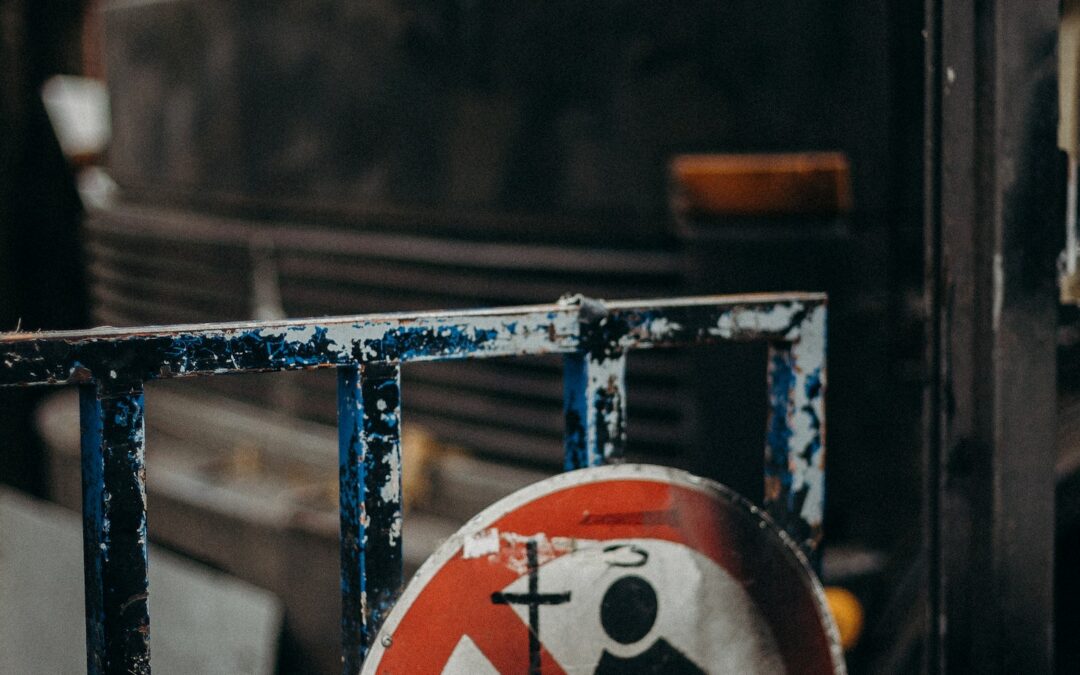How To Tell If a Fence Is Yours or Neighbors
Have you ever found yourself in a dispute with your neighbor over who owns the fence that separates your properties? It’s not uncommon, and it can create quite the conundrum. The question “Is this my fence or my neighbor’s?” might seem simple, but it can be surprisingly complicated to answer.
In many cases, there might not be any clear markers or signs indicating which property owner is responsible for the upkeep and maintenance of the fence line. This leaves many homeowners scratching their heads, wondering how to determine ownership. If you’re in this situation right now, don’t fret! There are several ways you can figure out if a boundary fence is yours or your neighbor’s.
Understanding who owns what when it comes to fences requires some detective work on your part. You’ll need to take into account several factors such as legal documents like deeds and surveys, local zoning ordinances, and even conversations with previous owners or long-time neighbors. Let me guide you through these steps so you can definitively answer that burning question: Is that fence mine or theirs?

Understanding Property Boundaries
Before we dive headfirst into the world of fences and neighbors, let’s take a moment to understand property boundaries. It’s not always as straightforward as tossing a stone from your kitchen window.
The first step in unraveling this mystery? Look at your house deed or plat. These documents usually provide a detailed diagram of your property lines. However, keep in mind that these are often only approximate boundaries. For more accuracy, you might need to seek out a professional land surveyor who can map out precise dimensions.
And guess what? There’s something called an “easement”. This is basically legal permission for someone else (like your neighbor) to use part of your land under specific circumstances. It might be in place for common utilities like power lines or sewer pipes but could potentially influence where you’re allowed to erect a fence.
Now, here’s the interesting bit: even if technically it’s YOUR fence on YOUR side of the line, local regulations could still play a role in determining ownership responsibilities. Some municipalities have laws stating that whoever uses the fence most (for example, if their garden leans against it) is responsible for its upkeep.
Lastly, don’t forget about good old-fashioned communication! Sometimes simply having an open chat with your neighbor can clear up any confusion regarding who owns which piece of picket paradise. Just remember—approach the conversation with respect and understanding because maintaining good relations is just as important as maintaining good fences!
Jessica has a flair for writing engaging blogs and articles. She enjoys reading and learning new things which enables her to write different topics and fields with ease. She also strives to break down complex concepts and make them easy for anybody to comprehend.





